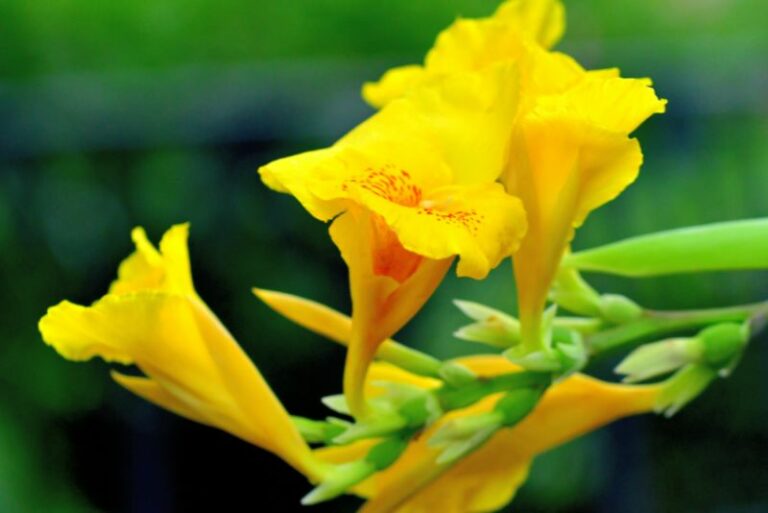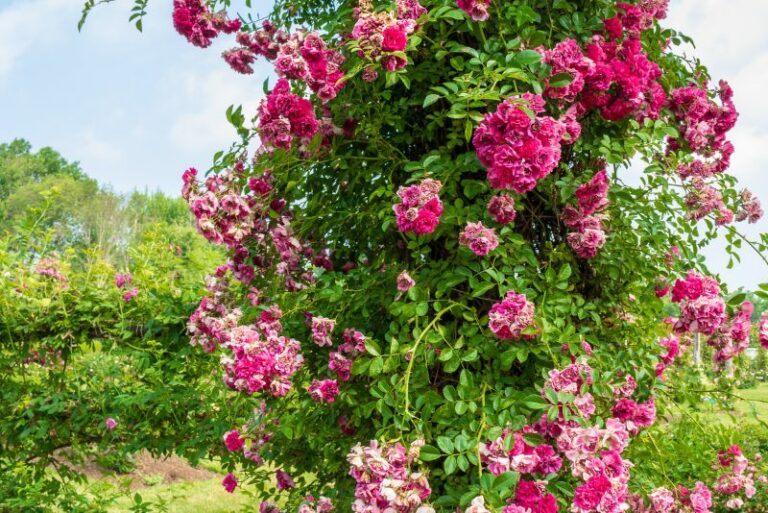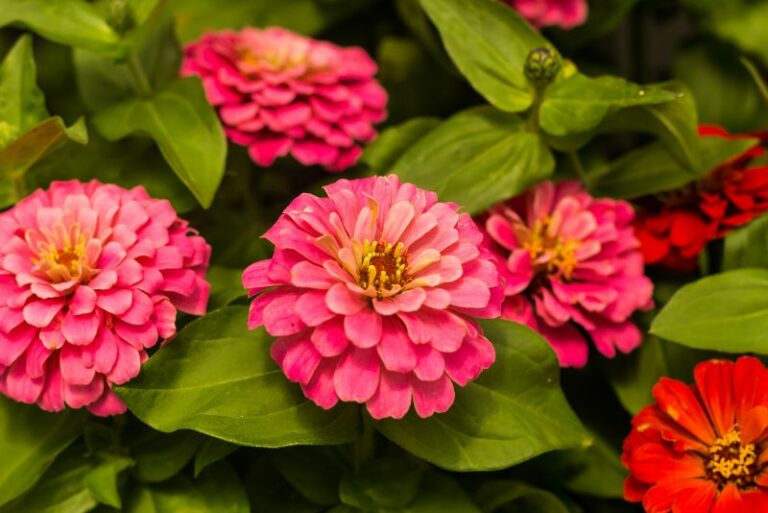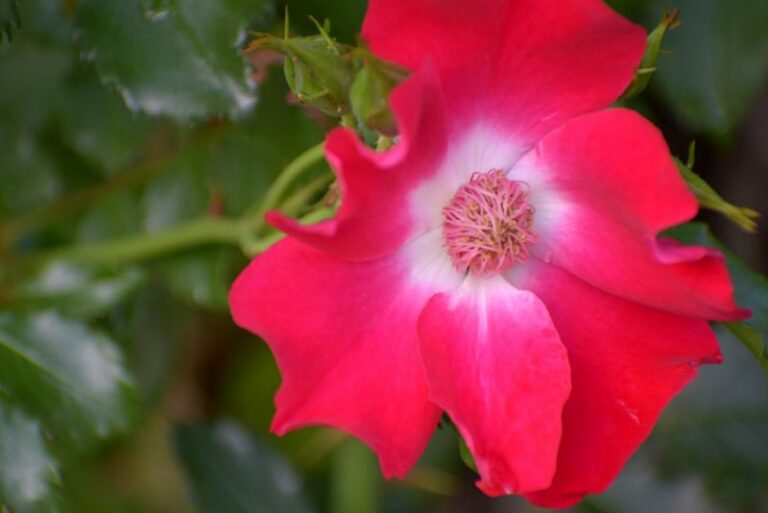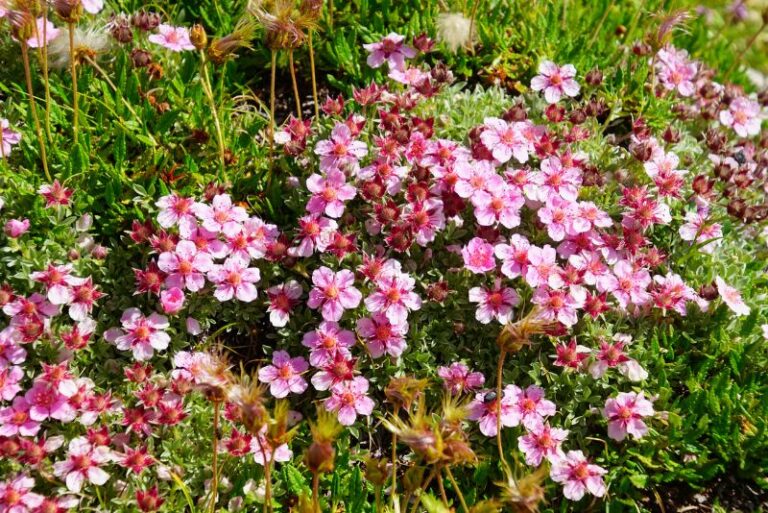Zinnia Water Requirements: How Much Water Do Zinnias Need?
Zinnias are the vibrant jewels that bring a burst of color to any garden or vase. With their diverse shapes, sizes, and hues, these flowers have become a staple for gardening enthusiasts and amateur horticulturists alike. Yet, as much as zinnias are praised for their easy-going nature, their water needs can sometimes be a bit of a mystery. In this comprehensive guide, we’ll explore the intricate dance of hydration that zinnias require to thrive, providing seasoned tips and practices for their optimal care.
Understanding Zinnias’ Thirst
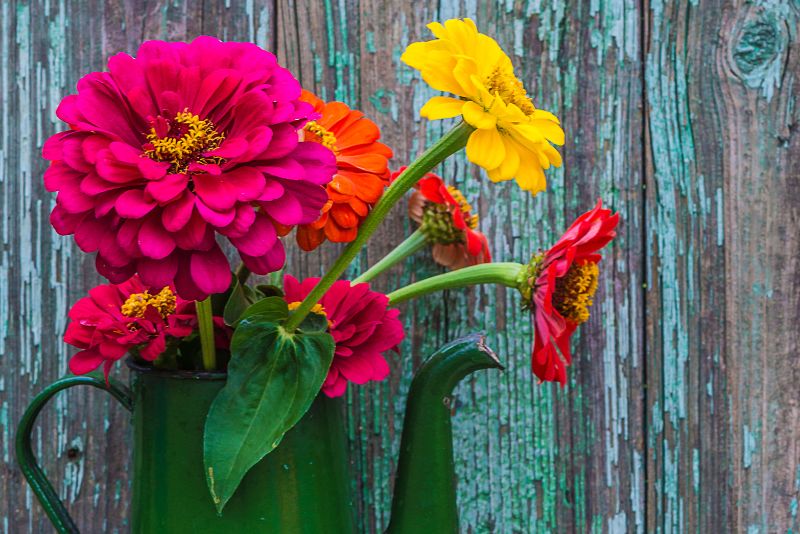
Water is to zinnias what sunlight is to photosynthesis—not just a necessity, but a life force. For the uninitiated, the ideal amount of water zinnias need can seem like a moving target, dependent on numerous variables. One of the core factors is the zinnia’s stage of life, with seeds and young plants requiring more water than mature blooms. Additionally, zinnias with bigger blooms and thicker stalks may need more water than their delicate counterparts.
However, it’s important to understand that zinnias are also quite adaptable. They can tolerate drier conditions once established, but consistent moisture is key to healthy growth and prolific blooming.
The Watering Quartet: Sun, Size, Soil, and Season
There are several external factors that can shift the watering needs of your zinnias:
Sunlight – During the peak of summer, when the sun is at its zenith, zinnias’ water requirements rise considerably.
Size – The size of your zinnias directly affects how much water they need. Smaller zinnia varieties will generally require less water than their larger counterparts.
Soil Quality – Soil type and composition play a role in retaining or draining water. Sandy soils drain more quickly, while heavy clay soils can waterlog roots if not managed properly.
Weather Conditions – Rainfall, humidity, and temperature can all impact how often and how much water you need to give your zinnias.
Optimal Watering Practices
Consistency is key when it comes to zinnia watering. It’s all too tempting to under-water a plant for fear of overdoing it, but finding the right balance is what will yield those impressive zinnia blooms.
The Routine of Hydration
Establishing a watering schedule is vital but finding the right frequency can take a little trial and error. A general rule of green thumb is to water your zinnias about 1-1.5 inches per week, either through rainfall or manual irrigation, but this can vary based on the quartet of factors mentioned earlier.
Testing Soil Moisture – The best way to know if your zinnias need water is to feel the soil. Stick your finger about an inch into the ground near the base of a plant. If it’s dry, it’s time to water!
Time of Day – Water your zinnias in the morning if possible. This allows the leaves to dry before nightfall, reducing the risk of fungal diseases.
Also Read: Tips for Watering Fuchsia Plants: A Gardener’s Essential Guide
Techniques for A Good Drink
Zinnias, like many other plants, benefit from a slow, deep watering to encourage root growth. Drip irrigation or soaker hoses can be excellent tools for this purpose.
The Basin Method – Create a basin of soil around the zinnia plant that’s a few inches high. This makes it easier for water to soak into the ground and reach the roots.
Mulching – Mulch around your zinnias helps retain moisture in the soil. Be mindful not to smother the plants, and ensure the mulch isn’t too close to the stems, which can cause rot.
Suffering in Silence: Signs of Water Woes
Incorrect watering is often the root of many zinnia problems. Here’s how to decode what your zinnias are telling you through their leaves and flowers:
Wilting – While it may seem an obvious sign of thirst, wilting can also indicate overwatering, so always check the soil first.
Yellowing Leaves – A sign of both over and under-watering. If only the lower leaves are yellow, your zinnias might be getting too much water. If the yellowing starts at the top, it could be not enough.
Lack of Blooms – Zinnias rely on a consistent water supply to produce flowers. Inconsistent watering can cause plants to focus on survival rather than reproduction.
Watering Tips for Different Zinnia Varieties
Zinnias come in various shapes and sizes, and each has its own unique set of water preferences.
Dwarf Zinnias – These smaller plants generally require less water but be mindful of their size and the volume of water they need concerning their root system.
Giant Zinnias – Given their size, giant varieties will need more water than dwarf or compact types to reach their full potential.
Cutting Zinnias – Zinnias grown for cutting benefit from regular watering, especially since cutting flowers can reduce the plant’s ability to take up water.
The Art of Overwatering and the Peril of Underwatering
Finding the balance is a fine art. Overwatering drowns the plant’s roots, leading to root rot and, ultimately, the plant’s demise. Underwatering, on the other hand, causes the plant stress and can stunt growth or diminish blooming.
Checking Established Zinnias – Once your zinnias are established, it’s better to err on the side of caution. They’ll perform better with slightly less water than too much.
Container Zinnias – Zinnias grown in containers may need more frequent watering since pots dry out faster than the ground.
Enhancing Zinnia Health Through Watering
Watering isn’t just a chore—it’s an art form that directly correlates to the health and vibrancy of your zinnias.
Fertilization – Regular watering can leach nutrients from the soil, so supplementing with a balanced fertilizer can work wonders.
Bloom Management – Adjust your water and fertilizer as needed. For potted zinnias, a liquid fertilizer can be a quick boost; for garden zinnias, a slow-release granular can keep them blooming all season.
Consistency in a Hose
To ensure your zinnias stay radiant through the season, create a consistent watering schedule and monitor your plants for signs of distress.
Record Keeping – If you’re a serial over or under-waterer, keep a gardening journal noting when you water and how the plants responded.
Watch and Wait – Sometimes, the best practice is to watch how your zinnias react to the watering routine you’ve established, and adjust as necessary.
Conclusion
Water is the heartbeat of your zinnia’s garden. This humble guide to zinnia water requirements barely scratches the surface of the complex relationship between these flowers and their hydration needs. By paying attention to the quartet of factors influencing water needs, mastering the art of watering, and staying attuned to your zinnias’ subtle communication, your home or garden will soon be graced with a sea of zinnia splendor.

